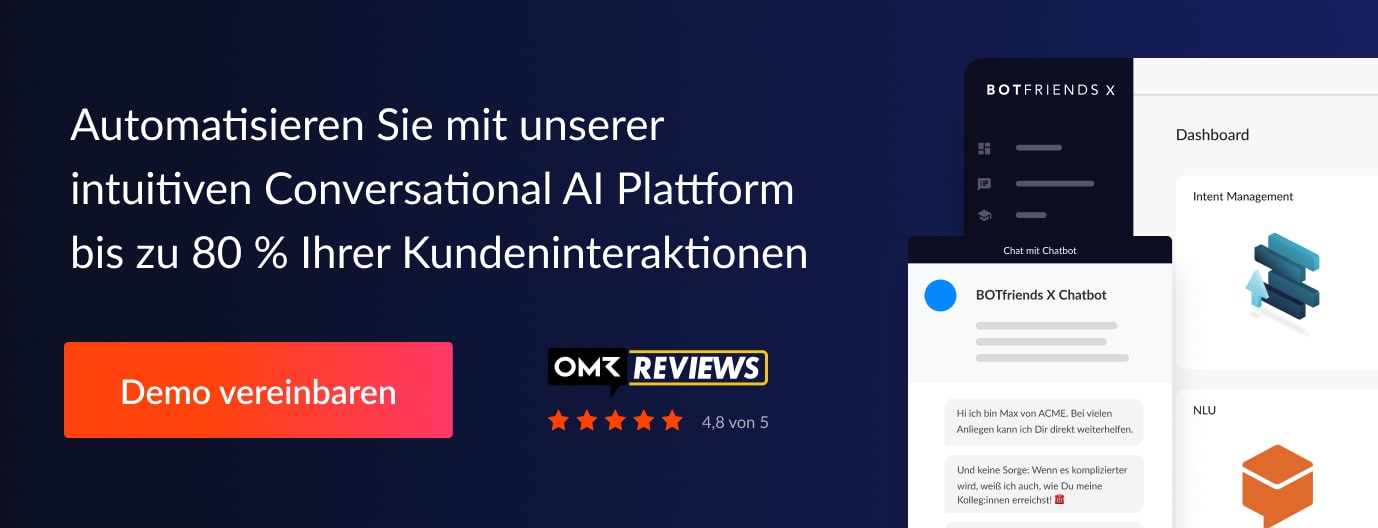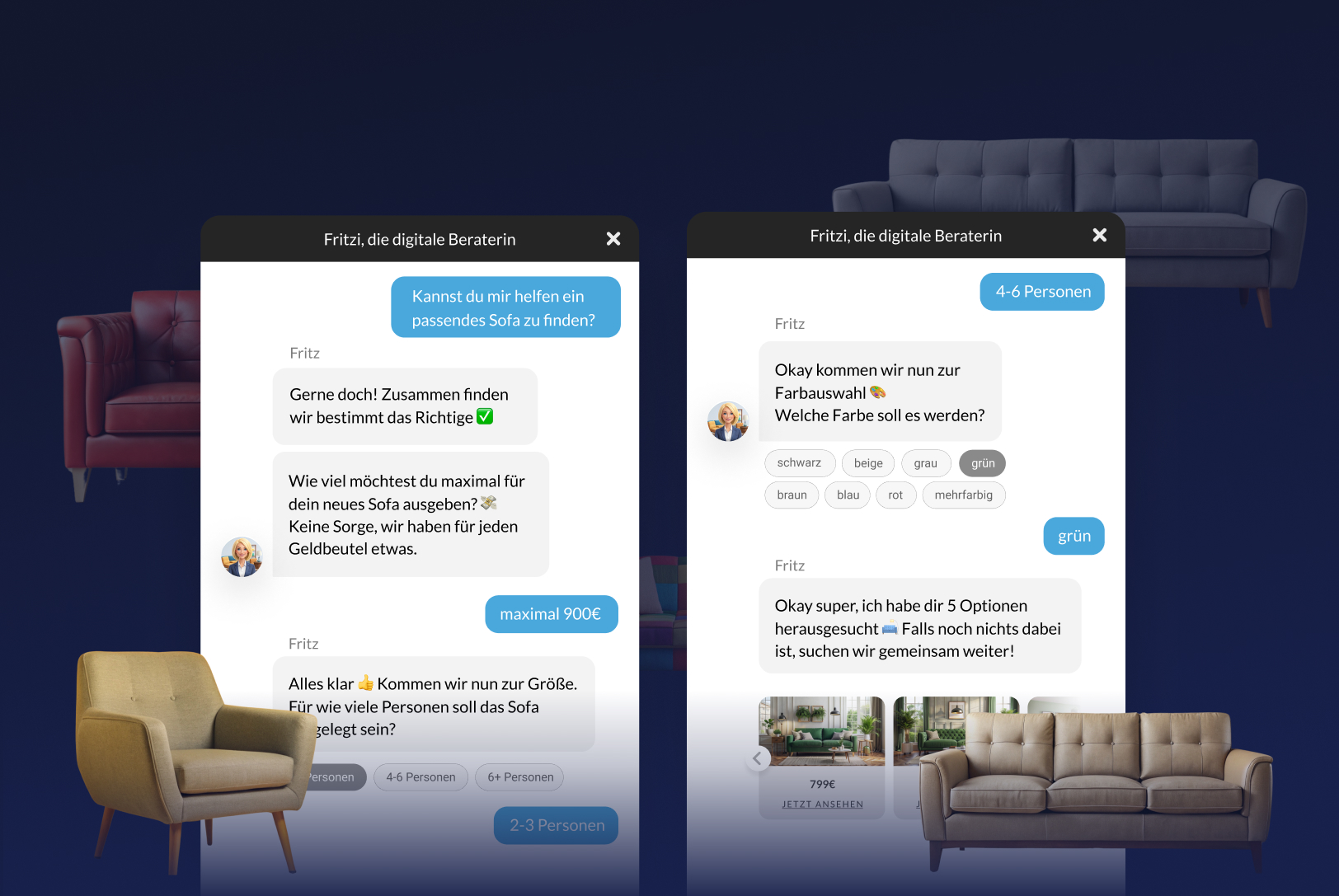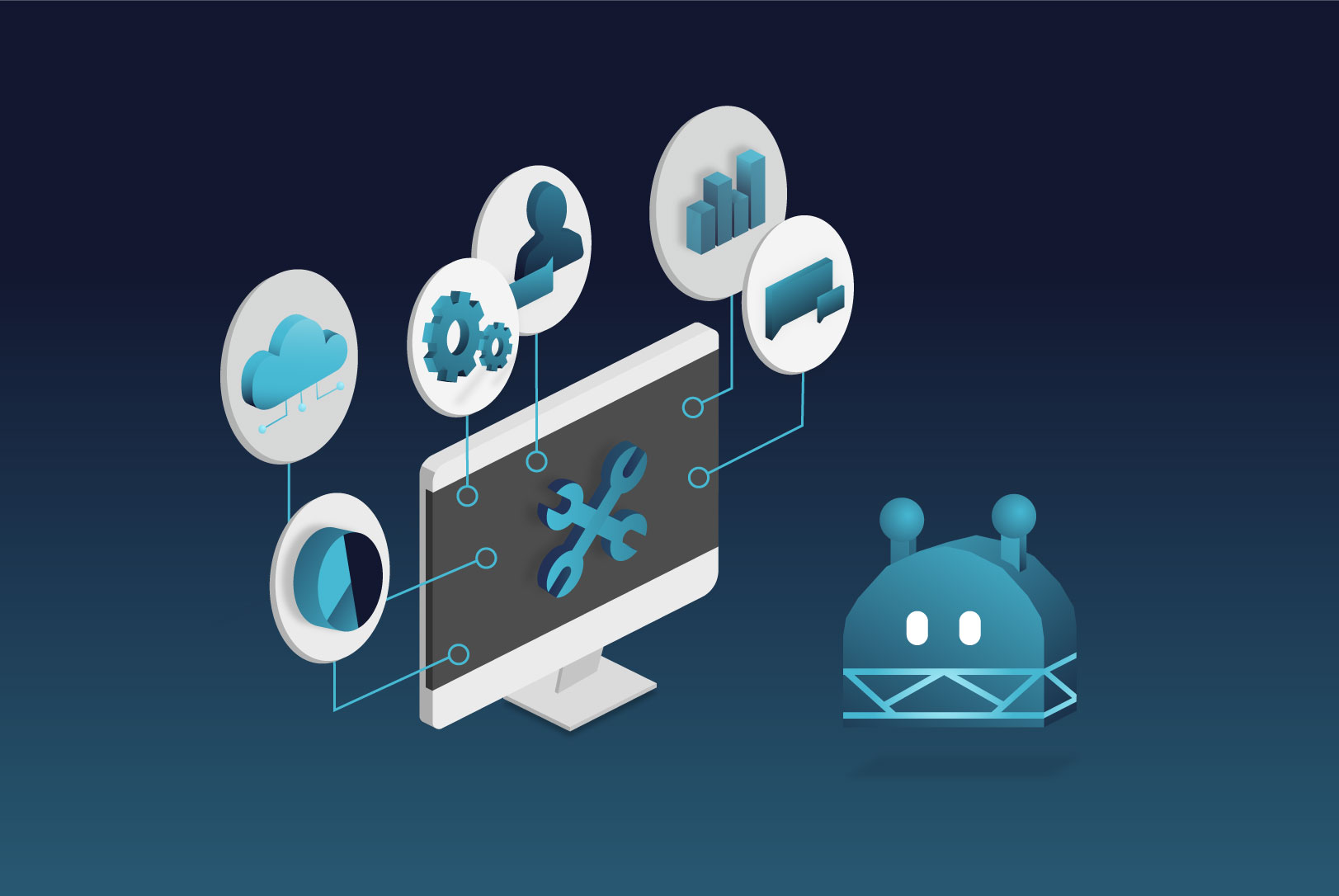The possibilities offered by voice and chatbots in marketing are manifold. For example, classic product advice, purchasing via voice or chatbot or even a reminder of the products that are still waiting in the shopping basket in the case of abandoned purchases are all possible. With a little creativity, voice and chatbots can also be used for brand building or creating a brand experience for customers.
In the following part we would like to show you with examples how Conversational Marketing can look like:
- Tommy Hilfiger: Product advice
- Madison Reed: Omni Channel Marketing
- Sephora: Advice and appointments
- Cover Girl: Collaborations with Influencers
- Absolut Vodka: Product launch and gamification
Tommy Hilfiger: Product advice with a chatbot
The fashion brand Tommy Hilfiger offers its customers personal fashion advice via its Facebook Messenger chatbot.

Users can view the current collections or select items of clothing directly from the catalog and place them in their shopping cart. They also have the option of having the chatbot advise them and put together a complete outfit. For this, the chatbot asks them questions and filters out the right products based on the answers. If, for example, you specify that you prefer muted colors, the chatbot will pick out an outfit in muted colors.
Once the selection has been made, the chatbot forwards the user to the Tommy Hilfiger website, where the items of clothing are already stored in the shopping cart. The users can therefore go directly to the checkout and buy the products. Of course, it would also be possible for customers to buy the goods directly during the chat and not have to leave the Messenger at all.
Madison Reed: Omni Channel Marketing with a Chatbot
Madison Reed is an American brand of hair care products. To help customers choose the right product, the company offers a quiz on its website. In this quiz, customers answer 12 questions and, with the help of a color-matching algorithm, the right color is then recommended to them. Alternatively, they can also ask the customer service for advice.
During these conversations, it was found that many of the customers prefer to send a picture of themselves via email or live chat to describe their hair colour. Therefore, the company decided to accommodate its customers and organically build this behaviour into the customer journey.
The company wanted to maintain the conversational character and make use of the customers' habit of taking selfies of themselves.
Madison Reed chose Facebook Messenger, the most popular messenger in America, as the channel. A chatbot was implemented here that has access to the company's algorithm. It is also equipped with image recognition software. Users can now start a conversation with Madi via Messenger and upload a selfie. Based on the picture and a few more questions, the chatbot can then suggest a hair color for them. If they are satisfied with the suggestion, the customers are forwarded via a link to the product page where they can purchase the hair dye directly.
The chatbot Madi is a good example of how already existing marketing measures can be made accessible to customers via another channel and how a buying experience can be created that is tailored to their needs and preferences.
Sephora: Advice and appointments with a chatbot
The Sephora chatbot works similarly to Madison Reed. Using uploaded images, the chatbot recommends make-up and other beauty products.


In addition, users can book an appointment for a personal consultation in the shop via the chatbot. To do this, the chatbot first asks what they want an appointment for and in which city, and then suggests available appointments. Once the customer has selected an appointment, the chatbot then asks for the contact details and books the appointment for the user.

Collaborations with influencers
The make-up brand Cover Girl has entered into a cooperation with the influencer Kalani Hilliker for its chatbot. The aim is to distribute discount coupons to users via the chatbot, which can then be used in the Covergirl online shop. In addition, the aim is to build stronger brand loyalty.
The special thing about this chatbot is that it imitates the personality of the 16-year-old Hilliker. To make this possible, the bot's choice of words and tonality were carefully adapted to the influencer.
To prevent fans from thinking that they are actually writing to Hilliker and to avoid irritation, the bot's welcome message humorously points out that the chatbot Kalanibot thinks it is Kalani himself.
In order to create an incentive for users to stay in the chat long enough for the chatbot to send them a discount coupon for Cover Girl, they are offered the chance to ask the real Kalani a question.
The cooperation with the influencer and the chatbot was a complete success for Cover Girl: On average, 17 messages were sent by the users in one conversation and in 48% of the conversations, the users received a coupon from the Kalanibot.

Gamification for the marketing of a new product
To market a product launch regionally, the Vodka Absolut brand decided to use a chatbot. The product in question was the new limited edition The product was the new limited edition Absolut Unique collection, which was to be presented and promoted at a party in Argentina.
The only way for the consumers to get a ticket to this exclusive party was to contact the bouncer Sven via WhatsApp and convince him that they deserved to attend the party. The trick was that Sven was a chatbot.
Within 3 days, Sven interacted with over 600 users and received over 1,000 videos, pictures and audio clips in the messages. The users were very creative: they sang well-known songs or used film scenes in which they had changed the lyrics to justify why they deserved a ticket. However, videos with tests of courage were also sent to the chatbot, with which the users wanted to earn the tickets. Others again relied on their negotiating skills and tried to convince Sven with a conversation.
But this is not the only marketing campaign where Absolut Vodka has relied on a chatbot:
In the United States, Facebook users in the cities of Denver, New York, Chicago, and Dallas can contact the Vodka Absolut chatbot and request a coupon for a free drink at a nearby bar.
For this purpose, potential customers are first shown an advertisement on Facebook:

As soon as Facebook users click on the "Send Message" button next to the ad, they will be redirected to Facebook Messenger, where the Absolut Bartender Bot will offer them a voucher.

As soon as they confirm that they want to receive a voucher, the bot asks them which city they are in. Based on this information, the bot then suggests selected bars and asks which bar the user would like to go to.

The chatbot then lets the user select a drink.

After these questions have been answered, the chatbot sends the customer their voucher.

These were five examples of how voice and chatbots can be used for conversational marketing.
If you would like to know more about this topic, why not pick up our white paper "Conversational Commerce"? In it, we show you how you can use voice and chatbots for marketing along the entire customer journey.
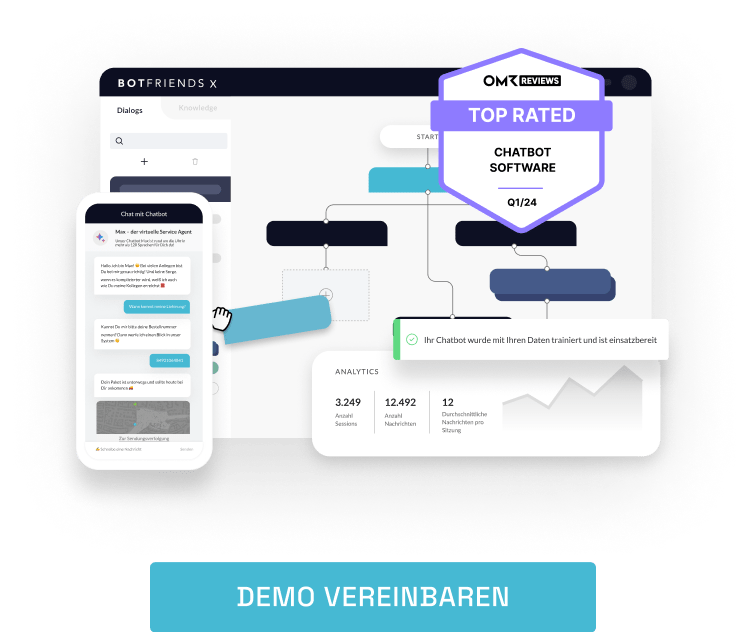
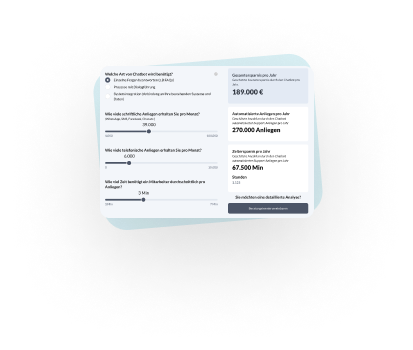 Chatbot ROI Calculator
Chatbot ROI Calculator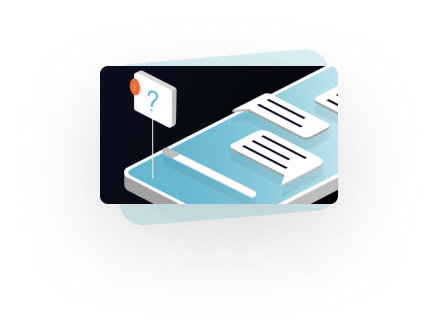 Free training: Chatbot crash course
Free training: Chatbot crash course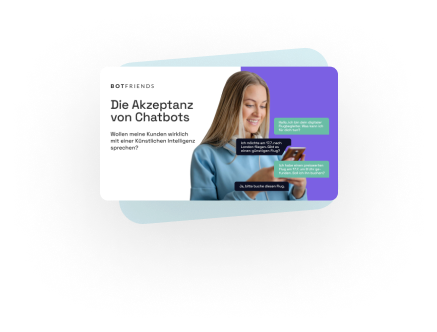 Whitepaper: The acceptance of chatbots
Whitepaper: The acceptance of chatbots